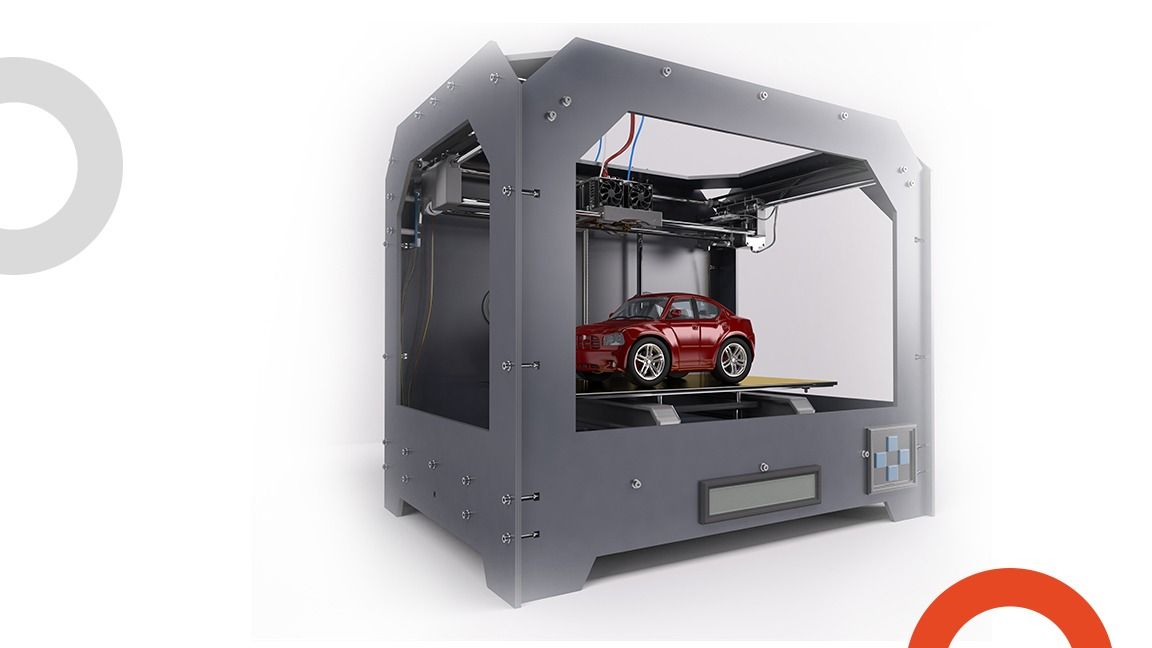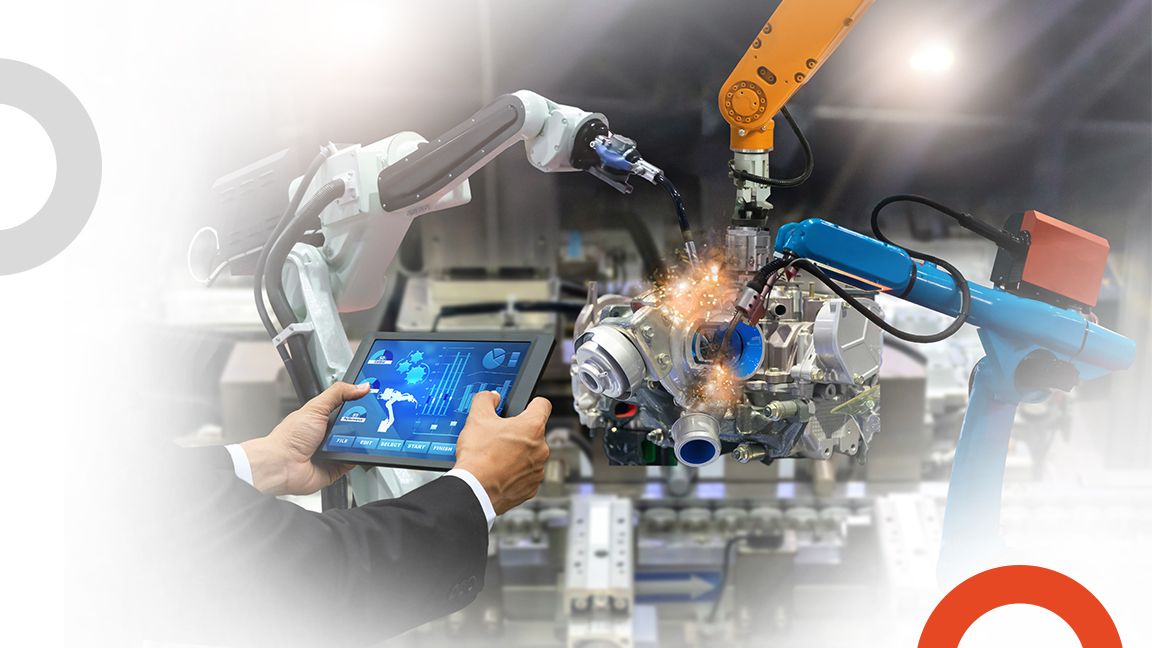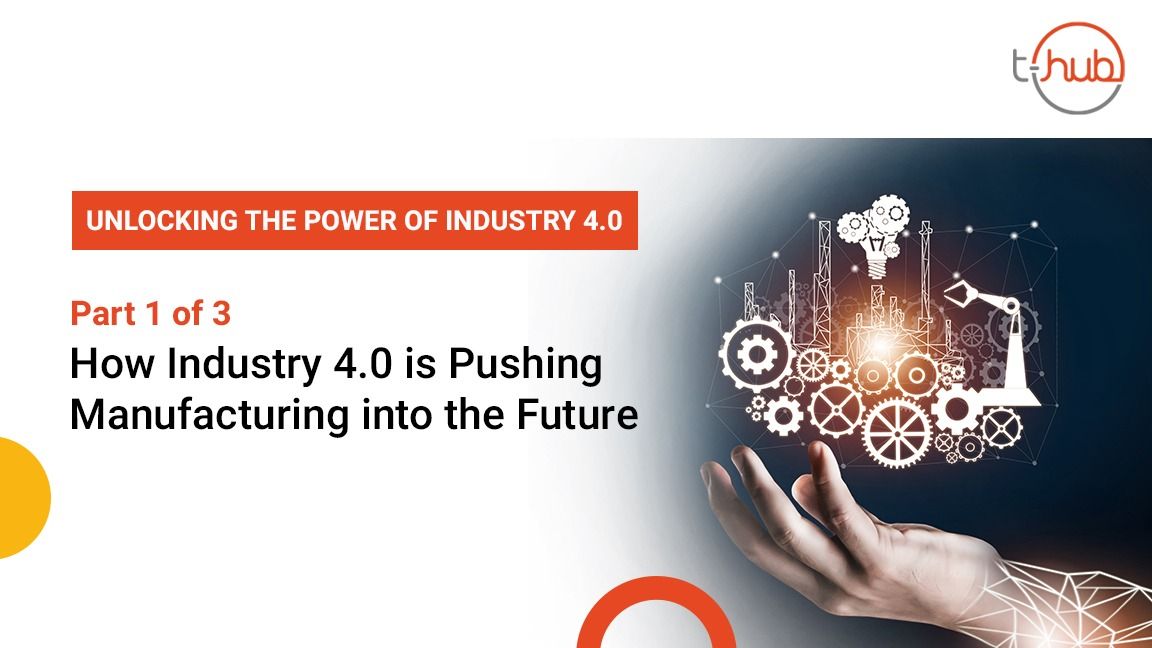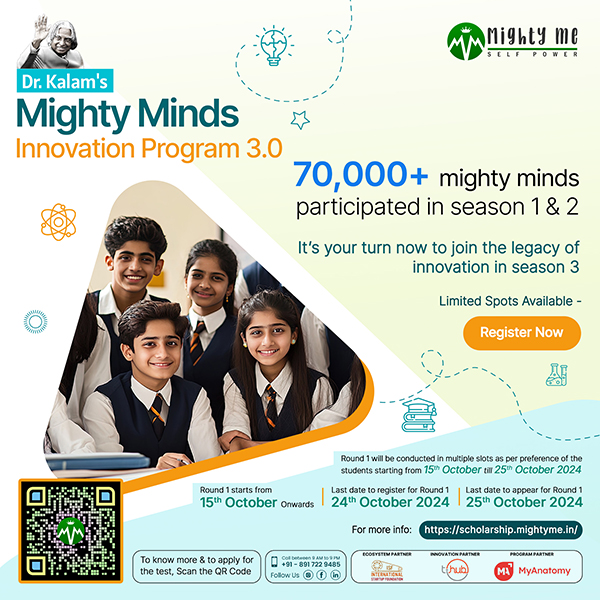(The first blog in a three-part blog series on ‘Unlocking the Power of Industry 4.0)
Since 2020, the COVID-19 pandemic has wreaked havoc on the world in unprecedented ways. Recession hit major economies, people’s livelihoods were impacted and several sectors were severely affected, leaving them vulnerable and struggling to regain normalcy.
Even as the pandemic raged on across the world, the manufacturing sector, in particular, had to grapple with multiple challenges. From supply chain shocks and forced shopfloor shutdowns to battling legacy IT infrastructure, COVID-19 has put immense strain on the manufacturing industry.
Fortunately, the pandemic also provided a silver lining. The crisis highlighted the relevance of Industry 4.0 technologies to enable manufacturers to reimagine their work processes and business models. While prior to the pandemic, manufacturers sought to leverage other benefits of Industry 4.0, such as accelerating innovation, productivity and sustainability, their priorities have changed today. Manufacturers understand that they can grow their business only if they focus on survival in the recovery phase of the pandemic.
They have realised that work cannot stop, however big the crisis may be.
Here, we look at how Industry 4.0 has played a vital role in transforming the manufacturing sector, both before and during the pandemic. And what are the emerging trends that will pave the way for manufacturers to remain resilient beyond 2021?
3D printing mends broken supply chains

In the early days of the lockdown, manufacturing plants across the world were compelled to shut down. Shortage of raw materials and labour and the unavailability of public transportation to meet the logistical needs of plants led to the suspension of operations across different facilities.
The health crisis exposed the fault lines in the manufacturing ecosystem. The lack of transparency across the supply chain network and poor inventory management of spare parts and after-sales stock were some of the anomalies in the industry that were revealed during the pandemic. The automotive, aerospace and medical sectors took the worst hit when supply chain disruption occurred due to the past year’s events.
Several manufacturers, who had failed to prioritise digital transformation, suddenly woke up to the benefits of leveraging Industry 4.0 technologies to improve resilience and achieve long-term stability. Then there were the industry leaders, such as Siemens, that had understood early on that Industry 4.0 could be the silver bullet to solving complex issues in the manufacturing industry. To combat the challenges posed by conventional supply chains amid COVID-19, Siemens leveraged additive manufacturing to align their business strategies and emerge stronger in the recovery phase of the pandemic. The multinational ramped up its additive manufacturing capabilities for printing 3D parts of medical components and PPE (Personal Protective Equipment) to meet the acute demands of hospitals and organisations. Siemens printed 3D parts via medically-certified 3D printers of partner companies that were part of its Additive Manufacturing (AM) Network. . This example brings to light the critical role 3D printing plays in Industry 4.0 as The company could use the technology to convert designs into printable files.
Thus, Siemens ensured production and business continuity during the broken supply chain processes by manufacturing on-demand critical medical components using 3D technology.
Likewise, Johnson & Johnson’s Ethicon brand has partnered with PRISMA Health to additively manufacture an FDA-authorised ventilation expansion splitter. In such instances, if there is a shortage of single ventilators, 3D printing can be leveraged to simultaneously come to the aid of two COVID-19 patients.
It’s evident manufacturers are moving towards sophisticated digital supply chain capabilities that will increase real-time visibility and empower workers to fix issues from remote locations.
Automating shopfloors through Artificial Intelligence

According to recent research, the smart manufacturing market is expected to be worth USD 384.8 billion by 2025. Smart manufacturing is not novel to the pandemic. Even before COVID-19, the automotive industry was rapidly undergoing digital transformation due to the ongoing shift to electric vehicles. COVID-19 presented new challenges for the sector as automotive companies were compelled to shut factories to protect the health of their workers and suppliers. The crisis underscored the significance of how the auto industry can leverage hyper-intelligent Industry 4.0 technologies to make it resilient in the face of the pandemic. AI, machine learning, robotics and predictive maintenance are only some of the disruptive technologies that became integral to ensuing sustained productivity and shopfloor schedule optimisation. Manufacturers leveraged AI to implement real-time processes, forecasting and scheduling activities on shopfloors.
For example, Toyota leveraged robots in its factory in Japan to undertake the responsibilities of quality-control inspectors. Also, transportation equipment manufacturing company Musashi Seimitsu deployed robotic arms for quality inspection of auto parts in mass volumes.
Car major Volkswagen relied on AI amid the pandemic to streamline its production processes and break down data silos. Volkswagen will introduce computer vision AI technology to boost its production by at least 30 per cent by 2025. It is estimated that the organisation will invest USD one billion in electric mobility and digitalisation in North America, leveraging technologies such as AI, cloud-based industrial software and intelligent robotics.
Empowering shopfloor workers using disruptive technologies

The factory of tomorrow cannot be built without empowering the workforce. According to a recent forecast, by 2024, half of all factory work will be done remotely, with hourly workers performing only specialised tasks on the shopfloor. Industry 4.0 technologies, such as AI, AR and IoT, would enable engineers to gain deep insights into shop floor processes and fix machine tool failure, resulting in better decision-making.
Today’s manufacturers believe in ushering in best practices in Industry 4.0 to be prepared for future disruptions like COVID-19.
Undoubtedly, the manufacturing industry has had to reimagine its processes by accelerating digital transformation. Industry 4.0, led by capabilities such as connectivity, data, computational power, analytics and intelligence, will result in a more resilient manufacturing ecosystem that is responsive, productive and customer-oriented. Crucially, the new paradigm will take manufacturing to the next frontier of agility and growth.
Stay tuned for the next blog in the series.






